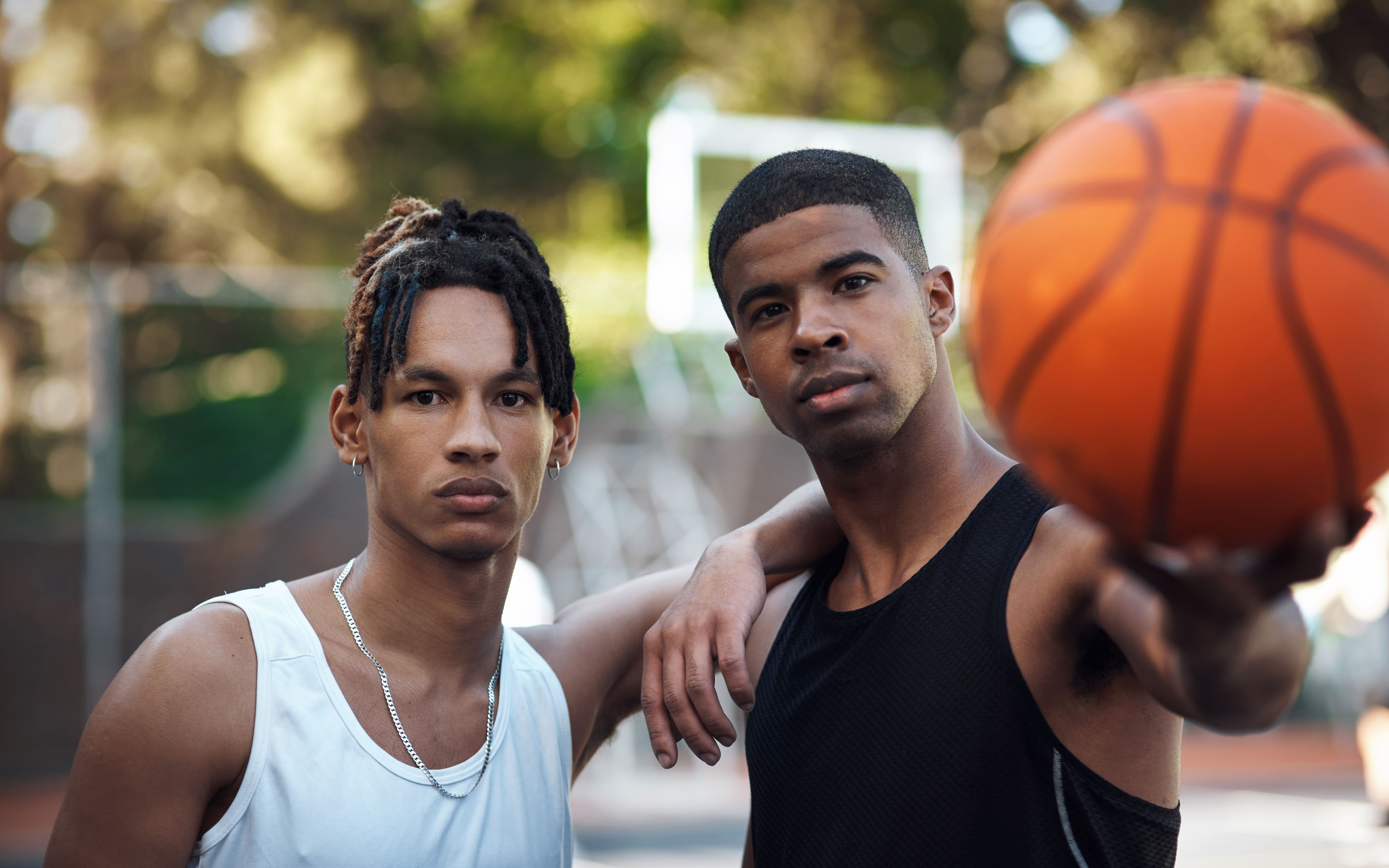Self-Preservation in the NBA: Owners vs. Players
Introduction to Self-Preservation in the NBA
The dynamics between NBA owners and players have always been a fascinating aspect of the league's ecosystem. This intricate relationship is driven by financial interests, personal ambitions, and the overarching goal of winning championships. Over the years, self-preservation has become a key theme as both parties navigate the ever-evolving landscape of professional basketball.
Understanding the balance of power and the motivations behind decisions in this multi-billion-dollar industry is crucial for fans and analysts alike. As we delve deeper, we will explore how self-preservation manifests in the actions and strategies of both NBA owners and players.

The Owners' Perspective
Investment and Returns
NBA team owners are, first and foremost, investors. They purchase teams with the expectation of not only enjoying the thrill and prestige of ownership but also realizing a substantial return on their investment. This financial lens heavily influences their decision-making processes, from personnel changes to stadium upgrades and marketing strategies.
Owners strive to ensure their teams remain profitable, often prioritizing long-term financial health over short-term success. This can sometimes lead to contentious negotiations with players, especially when it comes to salary caps and revenue sharing agreements. The delicate balance between maintaining a competitive team and ensuring financial stability is a constant challenge for ownership.
Brand Building and Marketability
Beyond finances, NBA owners are also deeply invested in building their team's brand. A strong brand can enhance marketability, leading to increased merchandise sales, sponsorship deals, and fan engagement. Owners often work closely with marketing teams to curate a compelling narrative around their franchise that resonates with both local and global audiences.
This focus on brand building can sometimes clash with player interests, particularly when it comes to media representation and public perception. Owners might prioritize a player's marketability over their on-court performance, leading to tensions within the team dynamics.
The Players' Perspective
Career Longevity and Security
For NBA players, self-preservation often revolves around career longevity and financial security. Given the physical demands of professional basketball and the relatively short career spans, players are keenly aware of the need to maximize their earnings while they can. This reality shapes their contract negotiations, endorsements, and even decisions regarding when to enter or exit the league.
Players must also navigate the complexities of team dynamics and management decisions that can impact their careers. Staying healthy, maintaining peak performance levels, and positioning themselves as indispensable assets are all part of a player's self-preservation strategy.
Advocacy and Empowerment
In recent years, NBA players have become increasingly vocal about issues beyond the court. From social justice advocacy to mental health awareness, players are leveraging their platforms to drive change. This empowerment movement is a form of self-preservation that extends beyond financial considerations, focusing on personal values and societal impact.
This shift has led to a redefined player-owner relationship, where players seek greater influence over league policies and operations. The balance of power is gradually shifting as players assert their voices in ways that were previously unimaginable.
Conclusion: Navigating a Complex Relationship
The relationship between NBA owners and players is a complex tapestry of financial interests, personal goals, and collective aspirations. Self-preservation drives both parties as they strive to achieve success on and off the court. While tensions will inevitably arise, understanding these dynamics offers valuable insights into the intricate world of professional basketball.
As the NBA continues to evolve, the interplay between owners and players will remain a focal point for fans, analysts, and stakeholders alike. Observing how these relationships develop will undoubtedly provide an engaging narrative for years to come.